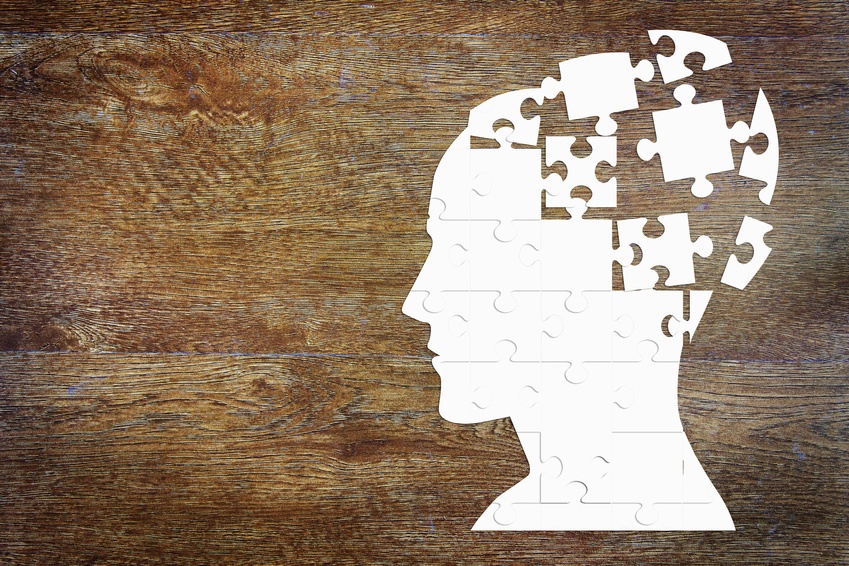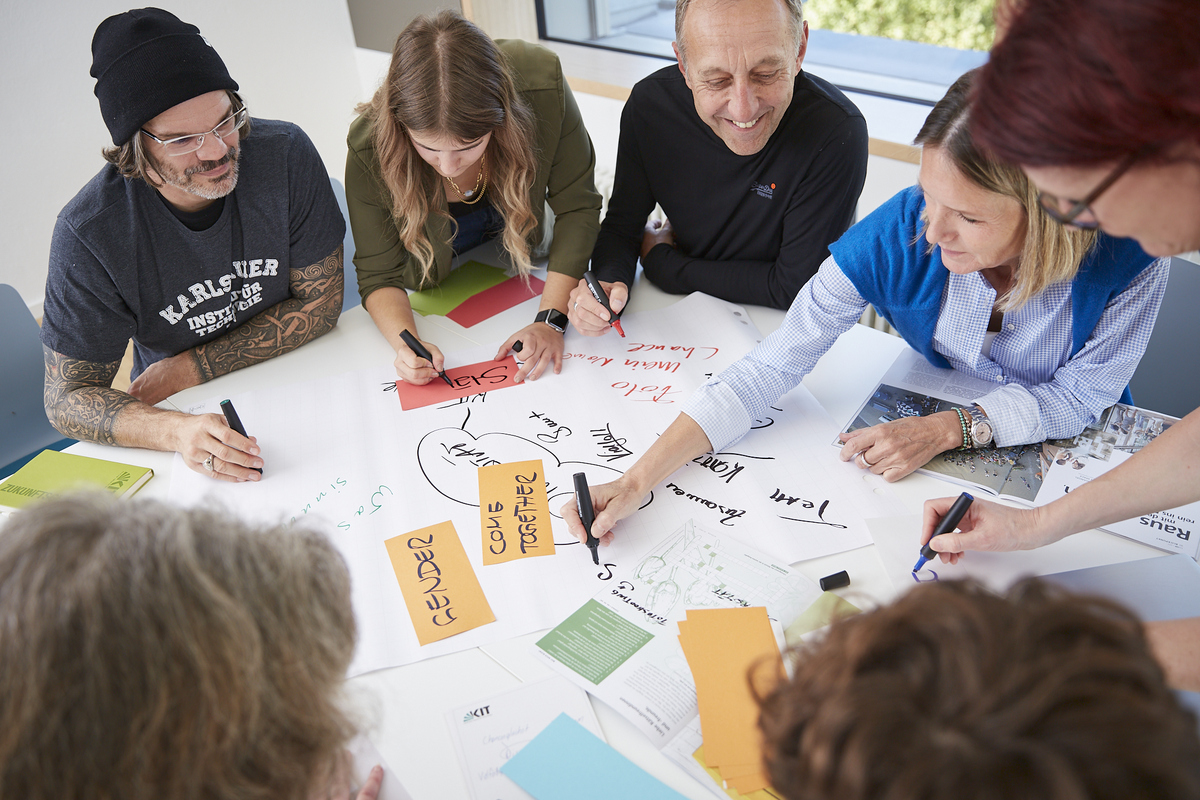Unconscious Bias at Work?!
In his book "Thinking, fast and slow", Nobel laureate Daniel Kahneman describes how our brain processes the amount of information that is bombarding it at any given moment: for the most part (approx. 95%) UNCONSCIOUSLY! He calls this thinking system 2; the fast, efficient, unconscious thinking that our brain largely relies on in order to remain responsive. However, our subconscious is anything but objective (which may give us a headache, especially in research contexts, as we have rightly defined this as one of the most important quality criteria of scientific work). Our subconscious draws on familiar patterns and information, on our mental pigeonholes, in order to make sense of and understand the world. In infancy, these pigeonholes are created through socialization (values, rules, culture, religion, education system, caregivers, etc.) and from then on are increasingly consolidated. Through criteria such as prior knowledge, repetition and relevance, we continue to manifest our mental pigeonholes over time - and reinforce unconscious biases.
What is an unconscious bias?
A bias is a cognitive distortion of perception or an error in thinking that can occur consciously or unconsciously in various everyday and professional situations. All people have biases, regardless of their level of education, background, age, etc. and they are fundamentally necessary to reduce the complexity of our environment. We unconsciously use mental shortcuts (pigeonholing) to automatically fill in missing information about a situation or person. As a result, we automatically like people who are similar to us, for example, while we tend to be suspicious of the strange and unfamiliar.
Types of biases
First things first: there are tons of different biases and new heuristics that our brain uses to process information are still being discovered. We are referring here in particular to individual biases, i.e. unconscious biases that people have towards information or other people.
Examples of personal biases include the name bias, the halo effect, gender bias and culture bias - they all have in common that they "pre-sort" for us and unconsciously apply role, behavior and performance expectations as a benchmark at the respective trigger points (certain name, certain gender, etc.) and guide our thought patterns accordingly.
The anchor effect, the availability heuristic and the primacy-recency effect are just some of the ways in which we assess information. We can remember certain information better or even rate it more credibly than others...
The most important insight may be the one that the blind spot bias teaches us: although we believe that we ourselves are always less biased than the average population, we are all in the same boat - simply reading up, informing ourselves or sensitizing ourselves to the topic is not enough to keep biases in check.
Unconscious bias in the university context
Biases occur in all contexts and therefore also at universities. Our decisions are often influenced by factors that we ourselves are not aware of and may be caused by unconscious bias. Such decisions can occur, for example, in the following tasks:
- Selection process (e.g. appointment procedure, personnel selection interviews)
- Personnel development (e.g. in the promotion of junior staff)
- Allocation of tasks (in particular delegation of tasks)
- Performance assessment (e.g. in oral and written examinations, in letters of recommendation or when issuing references)
- Evaluation of competencies
In addition to the biases already mentioned, which can apply in these situations, there are also some biases specific to the academic context, such as research bias and publication bias. In general, however, it is important to note that biases affect our daily interactions: in meetings, in one-on-one conversations with superiors or colleagues, when getting to know new people, etc.
It is obvious that these biases are often part of a larger context: individual biases, which are reproduced over a long period of time by status groups, lead to systemic and institutional biases, which sooner or later can develop into structural disadvantages (and have already developed in the past), which is very easy to see in the example of women in STEM subjects or women in management positions (keyword: gender bias).
What now? Notes on possible anti-bias strategies
Certain practices have already proven their worth in avoiding or containing biases: First of all: pause! Slowing down decision-making processes helps us to signal to our brain that we have and are taking our time (and thus activate the conscious, slow thinking system in contrast to system 2, see above). Feedback and reflection processes (especially in a diverse team) are helpful feedback for managers or team members on potentially biased situations. Feedback is particularly valuable for you if it comes from a person who is very dissimilar to you (dissimilar in the sense of age, background, educational background, specialization, etc.).
Standardized processes for recurring tasks (including selection procedures, induction, delegation of tasks, assessments, documentation, etc.), including concrete criteria catalogs that are applied symmetrically (and ideally with a four-eye principle), are recommended in order to create a fair framework. The use of bias observers in selection procedures is another possible measure.
Making processes transparent is at least as important as the formalization of processes themselves; it contributes to accountability and makes decisions more comprehensible. It also creates commitment and predictability for the people concerned (e.g. team members).


